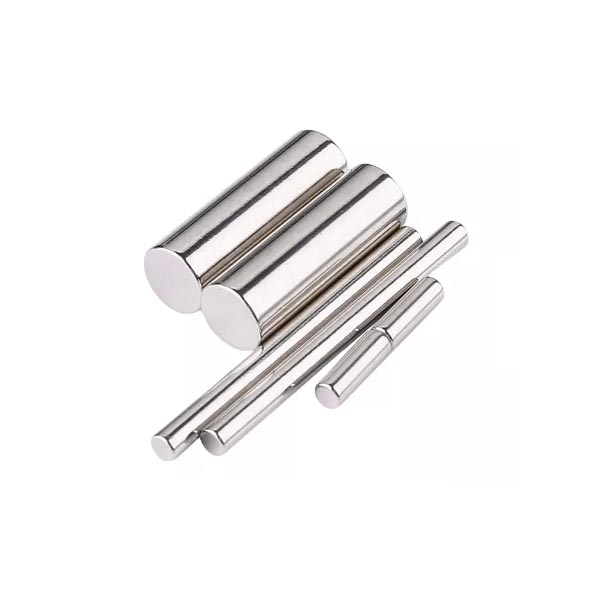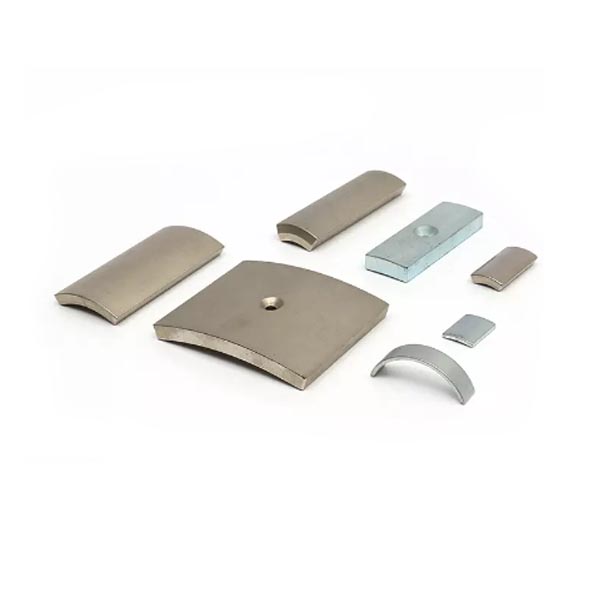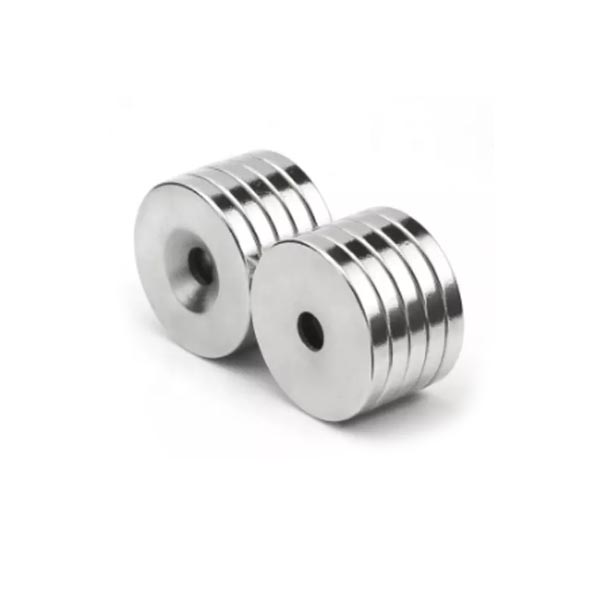Neodymium magnets, renowned for their extraordinary strength and compact size, are manufactured using two primary techniques: sintering and bonding. Each method offers distinct advantages and is suited to different applications. Understanding the differences between these techniques is essential for selecting the right type of neodymium magnet for a specific use.
Sintering: The Traditional Powerhouse
Process Overview:
Sintering is the most common method used to manufacture neodymium magnets, particularly those that require high magnetic strength. The process involves the following steps:
- ◆ Powder Production: Raw materials, including neodymium, iron, and boron, are alloyed and then crushed into a fine powder.
- ◆ Compaction: The powder is compacted under high pressure into a desired shape, typically using a press. This stage involves aligning the magnetic domains to enhance the magnet's performance.
- ◆ Sintering: The compacted powder is then heated to a temperature just below its melting point, causing the particles to bond together without fully melting. This creates a dense, solid magnet with a strong magnetic field.
- ◆ Magnetization and Finishing: After sintering, the magnets are cooled, machined to precise dimensions if necessary, and magnetized by exposing them to a strong magnetic field.
- Advantages:
- • High Magnetic Strength: Sintered neodymium magnets are known for their exceptional magnetic strength, making them ideal for demanding applications such as electric motors, generators, and high-performance electronics.
- • Thermal Stability: These magnets can operate at higher temperatures compared to bonded magnets, making them suitable for use in environments with significant temperature variations.
- • Durability: Sintered magnets have a dense, solid structure that provides excellent resistance to demagnetization and mechanical stress.
Applications:
- • Electric vehicle motors
- • Industrial machinery
- • Wind turbines
- • Magnetic resonance imaging (MRI) machines
Bonding: Versatility and Precision
Process Overview:
Bonded neodymium magnets are created using a different approach that involves embedding magnetic particles in a polymer matrix. The process includes the following steps:
- • Powder Production: Similar to the sintering process, neodymium, iron, and boron are alloyed and crushed into a fine powder.
- • Mixing with Polymer: The magnetic powder is mixed with a polymer binder, such as epoxy or plastic, to create a moldable composite material.
- • Molding and Curing: The mixture is injected or compressed into molds of various shapes, then cured or hardened to form the final magnet.
- • Magnetization: Like sintered magnets, bonded magnets are also magnetized by exposure to a strong magnetic field.
Advantages:
- • Complex Shapes: Bonded magnets can be molded into intricate shapes and sizes, providing greater design flexibility for engineers.
- • Lighter Weight: These magnets are generally lighter than their sintered counterparts, making them ideal for applications where weight is a critical factor.
- • Less Brittle: The polymer matrix gives bonded magnets more flexibility and less brittleness, reducing the risk of chipping or cracking.
- • Cost-Effective: The manufacturing process for bonded magnets is generally more cost-effective, particularly for high-volume production runs.
Applications:
- • Precision sensors
- • Small electric motors
- • Consumer electronics
- • Automotive applications
- • Magnetic assemblies with complex geometries
Sintering vs. Bonding: Key Considerations
When choosing between sintered and bonded neodymium magnets, consider the following factors:
- • Magnetic Strength: Sintered magnets are significantly stronger than bonded magnets, making them the preferred choice for applications requiring maximum magnetic performance.
- • Shape and Size: If your application requires magnets with complex shapes or precise dimensions, bonded magnets offer greater versatility.
- • Operating Environment: For high-temperature or high-stress environments, sintered magnets provide better thermal stability and durability. However, if the application involves lighter loads or requires a less brittle material, bonded magnets may be more suitable.
- • Cost: Bonded magnets are generally more economical to produce, especially for complex shapes or high-volume orders. Sintered magnets, while more expensive, offer unparalleled magnetic strength
Conclusion
Both sintering and bonding are effective manufacturing techniques for neodymium magnets, each with its unique advantages. Sintered magnets excel in applications demanding high magnetic strength and thermal stability, while bonded magnets provide versatility, precision, and cost-effectiveness. The choice between these two methods depends on the specific requirements of the application, including magnetic strength, shape, operating environment, and budget considerations.
Your Custom Neodymium Magnets Project
We can offer the OEM/ODM services of our products. The product can be customized according to your personalized requirements, including the size, Shape, performance, and coating. please offer your design documents or tell us your ideas and our R&D team will do the rest.
Post time: Aug-21-2024







